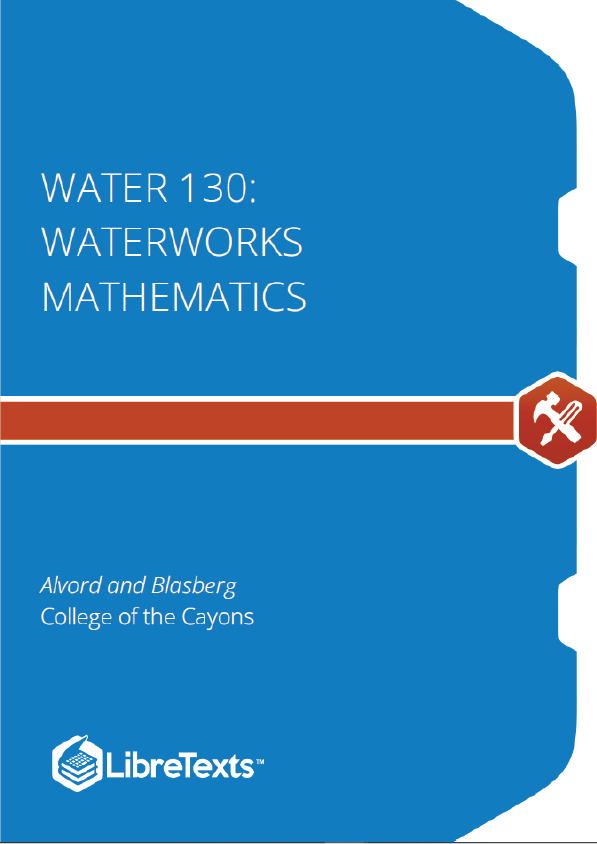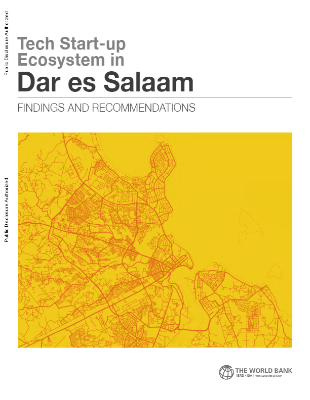This text introduces basic mathematical principles related to drinking water distribution and treatment systems and wastewater treatment plants; including areas, volumes, pressure, flow rates, unit conversion, chemical dosage, detention time, and filtration rates. Focuses on mathematical computations within the expected range of knowledge on the State Water Resources Control Board exams for Drinking Water Distribution 1 and 2, Drinking Water Treatment 1 and 2, and Wastewater Treatment 1 and 2.
There are a number of ways to solve waterworks mathematics problems. Many water operators look for short cuts in numbers like 448.8, 0.646, and 1440. However, understanding the process you take to get the answer is the key to “knowing” what you are doing versus “memorizing” what you are doing. There are certainly several useful numbers you can put to memory to make solving many of these problems easier, but knowing why you are using a specific “conversion factor” (number) is truly the key to your comprehension. This text is designed to provide you with basic knowledge and background of elementary mathematical problems and an understanding of typical entry-level and intermediate mathematical problems in the waterworks field.
Many of you will be preparing for a state-certified exam. This class will help you in your preparation for beginning distribution and treatment exams. However, this is not a “review” course for these exams. This text is designed to help you understand how to solve water-related mathematics problems. However, in preparation for a state or any exam, there are a number of things you should know.
Test-taking Tips
- Use a non-programmable calculator. The state exams do not allow programmable calculators and you should get used to one calculator.
- Have several sharpened pencils
- Take your time and verify your answers. This is especially helpful with mathematics questions.
- Eliminate as many answers as possible in multiple-choice problems. Statistically your chances of getting the answer correct become better.
- Do not over-prepare the morning before the state exam. If you don’t know the material the day of the exam, you probably won’t know it by the time the exam starts.
- Get a good night’s sleep the night before an exam
- Get to the exam site early. It is better to be early than late and risk the chance of being locked out of the exam.
Numbers written with decimals is another way of expressing fractions. However, decimals have a distinct differentiation with fractions in that decimals are based on 10. In that, one decimal place to the right of the whole number indicates tenths, two decimal places to the right of the whole number indicates hundredths, three decimal places to the right of the whole number indicates thousandths, etc.
Decimals can easily be written as fractions by using the number to the right of the decimal point as the numerator and then using a 10, 100, 1,000, 10,000, etc. as the denominator. Determining which “base-ten” number to use as the denominator is determined by the number of digits there are to the right of the decimal point.
Multiplying and dividing decimals is simple enough if you use a calculator. When multiplying decimals, there is no certain order you need to type the numbers in your calculator.











